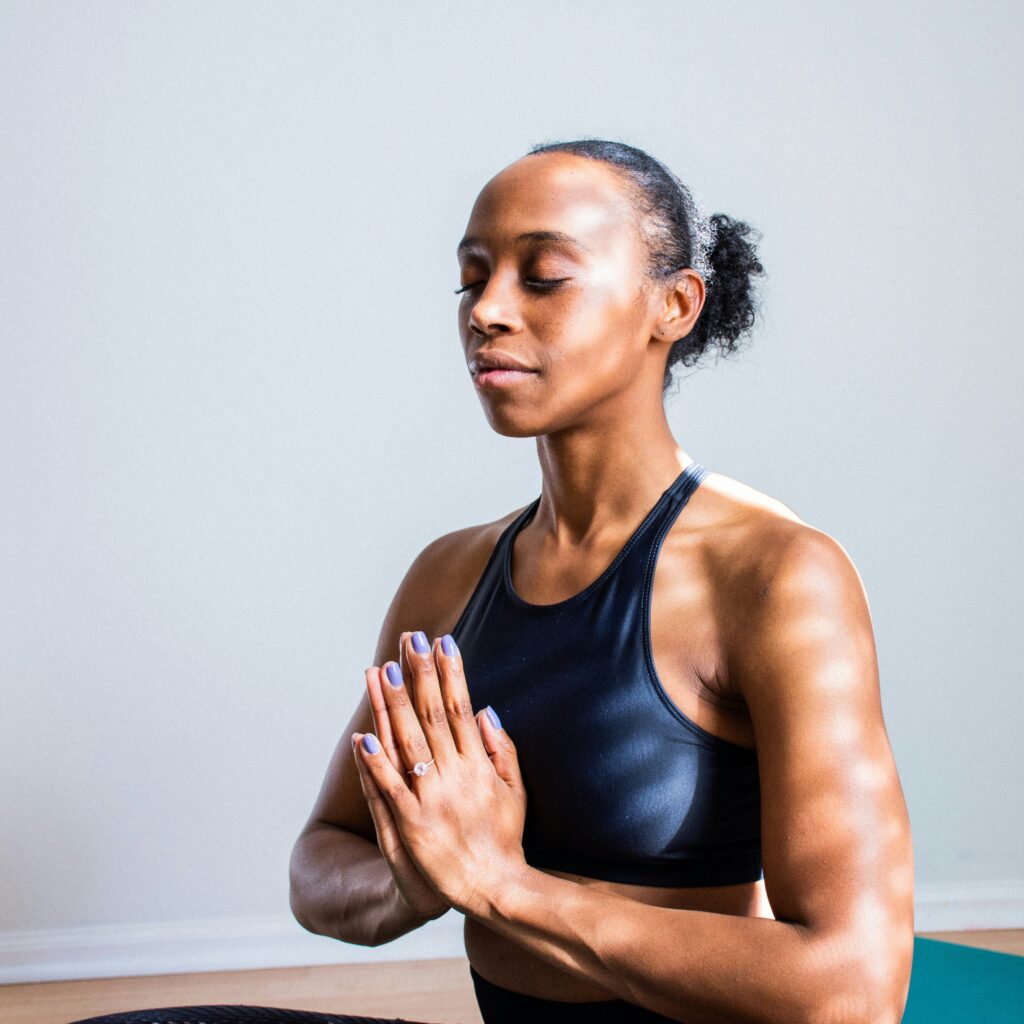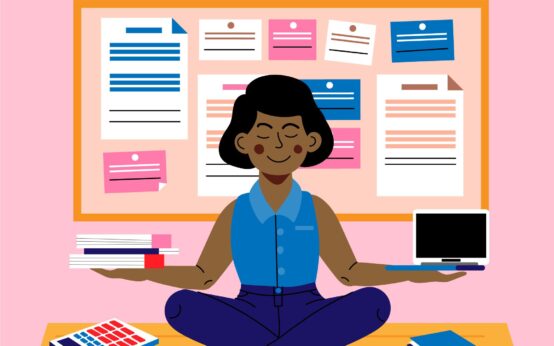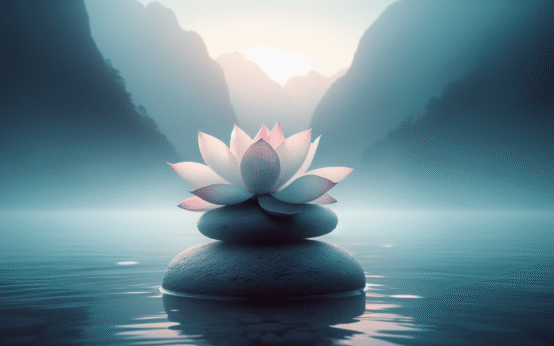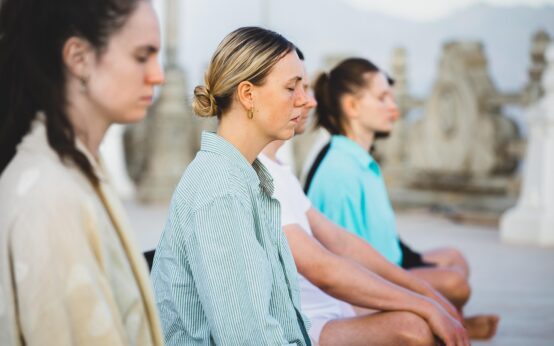Have you ever wondered how to calm the storm of thoughts swirling in your mind or how to find a moment of peace amidst the rush of daily life? You are not alone. Many people are on a quest to find tranquility in an ever-busy world. One of the simplest and most effective ways to achieve this is through meditation. Meditation is a time-tested practice that can transform your life, fostering a sense of calm, clarity, and well-being. This article will guide you through the steps to start your meditation journey, particularly crafted for beginners.
Understanding Meditation
Meditation is a profound practice that has been around for thousands of years. The core essence of meditation involves focusing your mind to achieve a mentally clear and emotionally calm state. In a world where everything feels like it’s constantly moving, meditation can offer a space for stillness and the opportunity to reconnect with yourself.
What is Meditation?
Meditation is more than just sitting with crossed legs and eyes closed. It’s about training your mind to be present, patient, and compassionate. There are various forms of meditation, but the aim is generally the same: gaining awareness, achieving inner peace, and enhancing your overall emotional and physical well-being.
Types of Meditation
Before diving into the practice, it’s worth understanding a few meditation types. This can help you choose a form that resonates best with your lifestyle and personality.
- Mindfulness Meditation: This involves paying attention to your thoughts as they pass through your mind. Observing them without judgment is key here.
- Focused Meditation: A practice where you focus on a single point of focus like your breath, a candle flame, or a word.
- Guided Meditation: This form uses imagery or visualization led by a guide or teacher. Perfect for those who find it hard to concentrate on their own.
- Transcendental Meditation: Involves silently repeating a specific mantra to settle the body into a deep state of rest.
- Loving-kindness Meditation (Metta): Centers on developing an attitude of love and kindness toward everything.
The Benefits of Meditation
Embarking on the meditation journey doesn’t just contribute to mental calmness. It’s scientifically backed to offer a wide array of benefits that support both mental and physical health.
Mental Health Benefits
Meditation significantly helps in reducing stress by lowering the levels of cortisol, the stress hormone. It also encourages healthier emotional health, helping to manage anxiety and depression. Meditation brings about a sense of greater self-awareness and improves focus and concentration, which can enhance your creativity and productivity.
Physical Health Benefits
You might be surprised to know that meditation can also have tangible effects on your physical health. It helps in improving sleep, reducing chronic pain, and even decreasing blood pressure. A regular practice maintains your overall health by boosting your immune system and encouraging healthier lifestyle habits.

Preparing for Meditation
Like any journey, good preparation sets the groundwork for success. Before you begin meditating, consider creating a space and time that allows you to connect more deeply with the practice.
Creating a Comfortable Space
Find a quiet and soothing spot in your home where you feel most at ease. You don’t need an entire room dedicated to meditation, just a small nook or corner with minimal distractions. Consider adding a comfortable cushion or yoga mat. Dim lighting, calming scents from candles or incense, and maybe some soft music can also enhance your meditation zone.
Choosing the Right Time
Meditation can be practiced any time of the day, but it’s crucial to find what works best for you. Some people prefer meditating in the quiet of the morning, while others find evening meditation allows them to reflect and unwind from the day.
Setting Realistic Goals
Set small goals initially. If you’re starting, even just a few minutes of meditation can be beneficial. As you become more comfortable, gradually increase the time. Remember, meditation is not about perfection but about progress and presence.
Starting Your Meditation Practice
Now that you’re ready with your space and time, it’s time to begin your meditation practice. Follow these simple steps to ease into a routine.
Step 1: Make Time
Consistency is key to developing a habit. Carve out time daily for your practice, even if it’s just five minutes. Gradually, you’ll notice the urge to extend your time as you become more accustomed to it.
Step 2: Get Comfortable
Sit or lie down in a comfortable position. Ensure your back is straight (if seated) but not stiff. Relax your shoulders and rest your hands comfortably. There’s no need to force a particular pose if it doesn’t feel right for your body.
Step 3: Focus on Your Breathing
Breath is a cornerstone of meditation. With your eyes gently closed, bring your attention to your inhalations and exhalations. Notice how your breath feels in different parts of your body. If your thoughts wander, gently bring your focus back to your breath without judgment.
Step 4: Observe Your Thoughts
It’s natural for thoughts to arise during meditation. Instead of becoming frustrated, acknowledge these thoughts and then let them pass like clouds floating by in the sky.
Step 5: Ending Your Session
When you’re ready to end your meditation session, do so gently. Slowly wiggle your fingers and toes to awaken your body, and gradually open your eyes. Take a moment to notice how you feel after the session.

Overcoming Common Challenges
Starting a new practice comes with its unique challenges. It’s essential to recognize them early on and equip yourself with strategies to overcome these hurdles.
Dealing with Distractions
Distractions are common, especially if you’re new to meditation. Whether it’s external noise or internal chatter, know that it’s normal. Accept the distractions and then refocus on your breath or mantra.
Addressing Restlessness
You may initially feel restless or even agitated, particularly if you’re not used to sitting still. Try not to fight these feelings. Acknowledge your discomfort and remind yourself that stillness is a practice in itself.
Managing Expectations
You might be expecting profound peace or mind-blowing clarity from your meditation practice right away. Remember, meditation is a journey, and every session will be different. Approach it with an open heart and without expectations.
Advanced Techniques for Beginners
Once you’ve grown comfortable with basic meditation practices, you might wish to explore deeper realms. Here are some techniques to help advance your practice while still being suitable for beginners.
Body Scan Meditation
This practice involves mentally scanning each part of your body for sensation or tension. It helps cultivate a state of present moment awareness and relaxation.
Walking Meditation
In this form, the simple act of walking becomes a focus of your meditation practice. Focus on each step, how your feet connect with the ground, and the rhythm of your pace.
Mantra Meditation
Choose a word or phrase to repeat quietly during your meditation. This can help focus your mind and create a serene mental environment.
Journaling Meditation
After meditation, spend a few minutes journaling your thoughts, insights, and emotions. This practice can deepen your self-awareness and understanding of your meditation journey.

Building a Consistent Practice
Now that you’re well on your way in understanding and practicing meditation, here are some tips to help make meditation a consistent part of your life.
Reflect on Your “Why”
Remember why you started meditating. Whether it’s for calmness, clarity, or emotional balance, anchoring back to your intention will motivate you to keep going.
Integrate Meditation into Your Routine
Make meditation as regular as brushing your teeth. Whether it’s a few minutes in the morning or before bedtime, embed it into your daily schedule.
Use Technology to Your Advantage
There are several meditation apps available that can guide your practice, keep track of your progress, and even connect you with a community of fellow meditators.
Be Kind to Yourself
Lastly, be patient and kind with yourself. Meditation is not about perfecting a skill but rather a lifelong practice of self-discovery. Celebrate small wins and embrace the process.
Resources to Further Your Practice
As you make meditation a part of your life, it’s helpful to have resources that can guide and support you along the journey.
Books
- Wherever You Go, There You Are by Jon Kabat-Zinn
- The Miracle of Mindfulness by Thich Nhat Hanh
- The Headspace Guide to Meditation and Mindfulness by Andy Puddicombe
Apps
| Name | Features |
|---|---|
| Headspace | Offers guided meditations, animations, and courses |
| Calm | Provides nature sounds, guided sessions, and sleep stories |
| Insight Timer | Free library of meditations, music, and talks |
Online Courses
Many platforms offer online courses with renowned meditation instructors. Websites like Udemy, Coursera, or local meditation centers’ virtual offerings might be worthwhile to explore.
Conclusion
Beginning a meditation practice can truly be life-changing. As a beginner, focus on making meditation a gentle and convenient habit in your life. Open your mind to the endless possibilities and benefits meditation unfolds over time. Remember that this practice is uniquely yours, and it grows with the time, patience, and compassion you nurture it with. Take a deep breath, close your eyes, and let the journey of self-discovery and peace begin.

 10 Simple Self-Care Practices For Stress Relief
10 Simple Self-Care Practices For Stress Relief  How To Create A Mindfulness Routine For Beginners
How To Create A Mindfulness Routine For Beginners  The Best Mindfulness Apps To Enhance Your Practice
The Best Mindfulness Apps To Enhance Your Practice  Easy Self Care Ideas You Can Do at Home
Easy Self Care Ideas You Can Do at Home  How To Practice Self Compassion: Tips And Techniques
How To Practice Self Compassion: Tips And Techniques  Daily Mindfulness: 5 reasons It Improves Your Mental Health
Daily Mindfulness: 5 reasons It Improves Your Mental Health  How To Create A Skincare Routine For Oily Skin
How To Create A Skincare Routine For Oily Skin  The Best Ingredients For Anti-Aging Skincare
The Best Ingredients For Anti-Aging Skincare  Skincare Myths That Are Wrecking Your Glow
Skincare Myths That Are Wrecking Your Glow  Natural Skincare 101: Everything you Need to Know
Natural Skincare 101: Everything you Need to Know  The Ultimate Guide To Sunscreen: What You Need To Know
The Ultimate Guide To Sunscreen: What You Need To Know  Guide to the Best Anti acne Products for Clear Skin
Guide to the Best Anti acne Products for Clear Skin